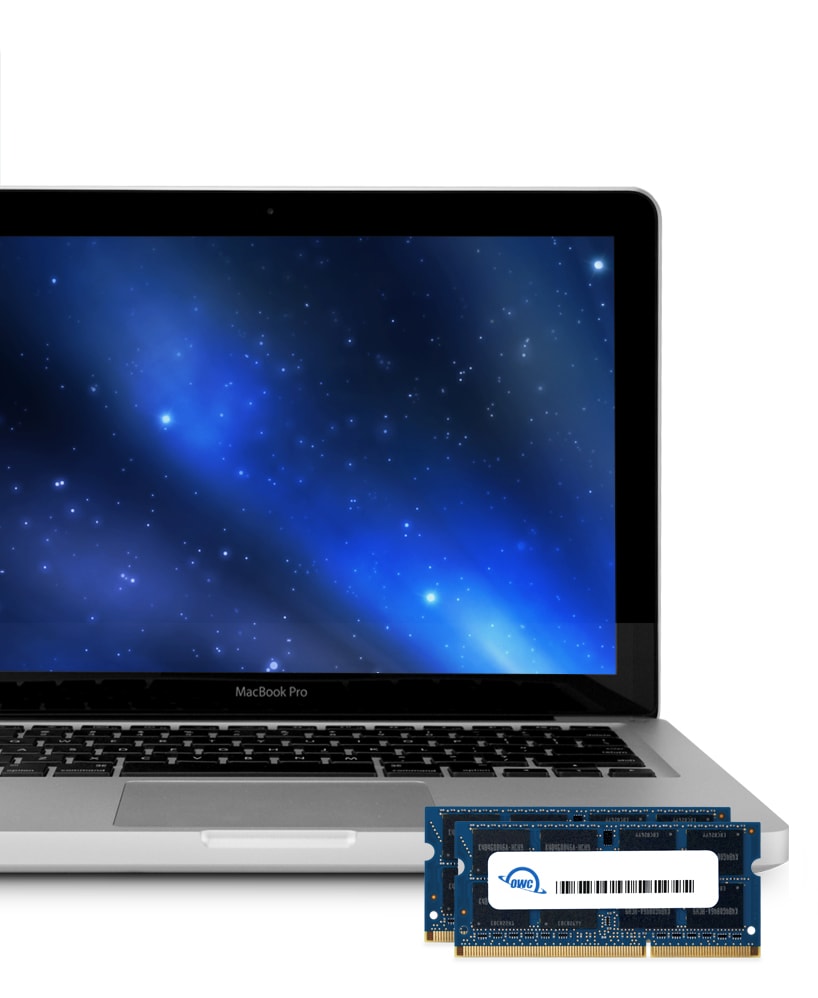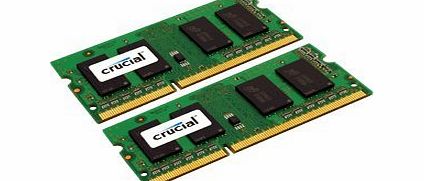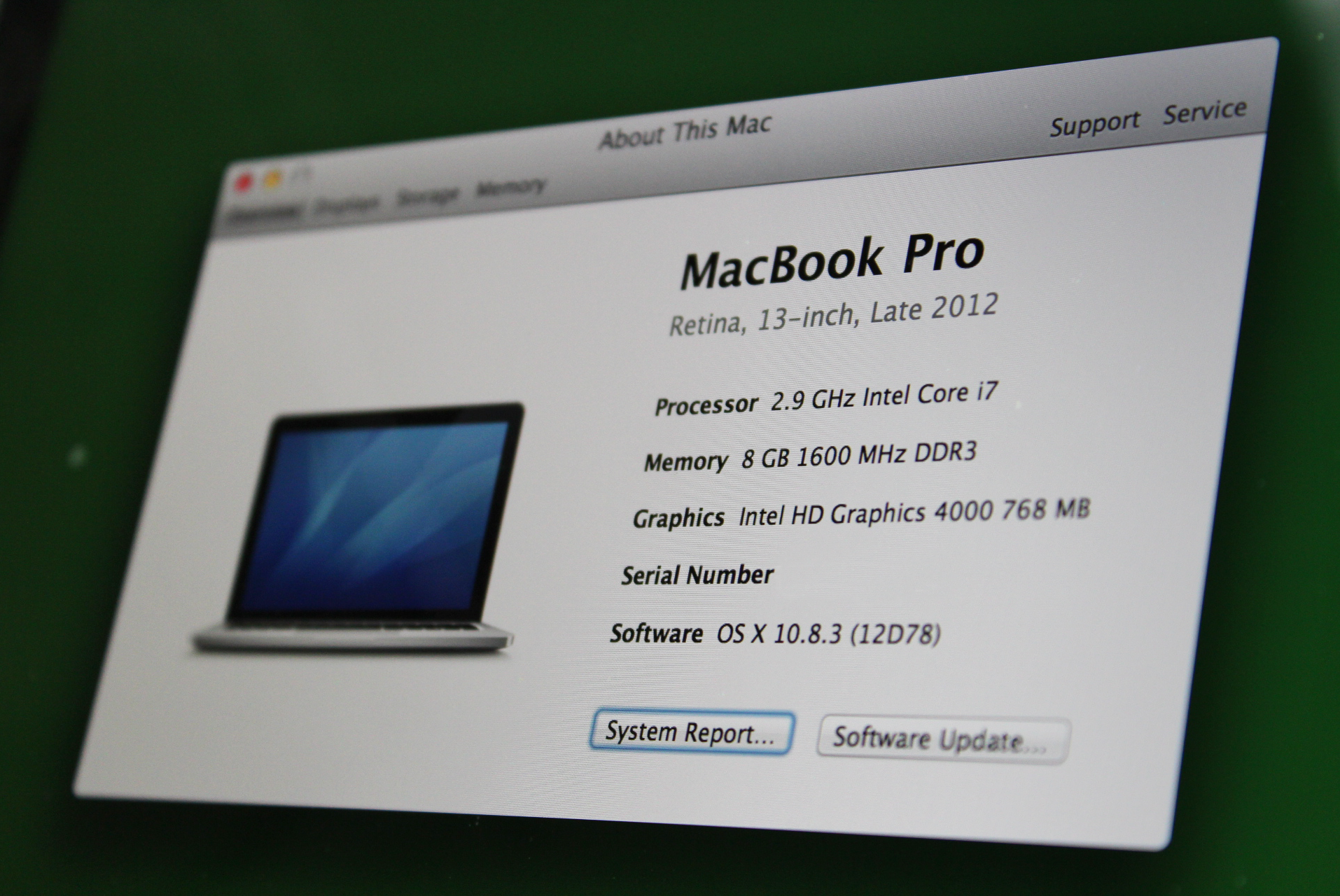

However, with background tasks running, and multiple applications open, the computer might struggle to work efficiently.


16GB is enough for editing 1080p projects or 4K files with minimum effects. 16GBĬonsidering most computers come with 4GB RAM, 16GB will give you enough memory to do multiple things at once without the computer struggling. 8GB of RAM will only allow for basic productivity and therefore it shouldn’t be considered if you want an efficient video editing experience. 4K editing will be nearly impossible with 8GB, and you will need a lot of patience to preview video files. 8GB might be enough to edit projects smaller than 1080p, but this will probably require closing other programmes in order to free up some RAM. By the time your operating system loads, and you open a video editing application such as Adobe Premier Pro, most of the 8GB RAM will already be used up. This is the minimum capacity of RAM you should think about using for video editing. For video editing, it’s important to consider the amount of RAM you will need for the type and amount of video footage you want to edit. Plus, you might want to consider that any other applications you have open, such as Google Chrome or Spotify, also require a large part of the computer’s RAM. You need enough memory available for your computer’s operating system to load, to open the video editing software you require, to edit the video effortlessly, and for the computer’s background tasks to continue working.

In short, the more RAM a computer has, the faster it operates. How much RAM do you need for video editing? Without enough memory, your computer simply won’t be able to perform the tasks needed and editing a video will turn into an unnecessary struggle. For video editing, the amount of memory your computer or laptop has is vital for your workflow. How much RAM you need depends on what kind of work you do and how many things you do at once. Whether you’re editing an email, a document or a video, these tasks all require RAM. In contrast, a computer’s HDD or SSD is its long-term memory, where information is stored more permanently. RAM (Random Access Memory) is the computer’s short-term memory, it allows you to access multiple programmes at once, with great speed and efficiency.


 0 kommentar(er)
0 kommentar(er)
